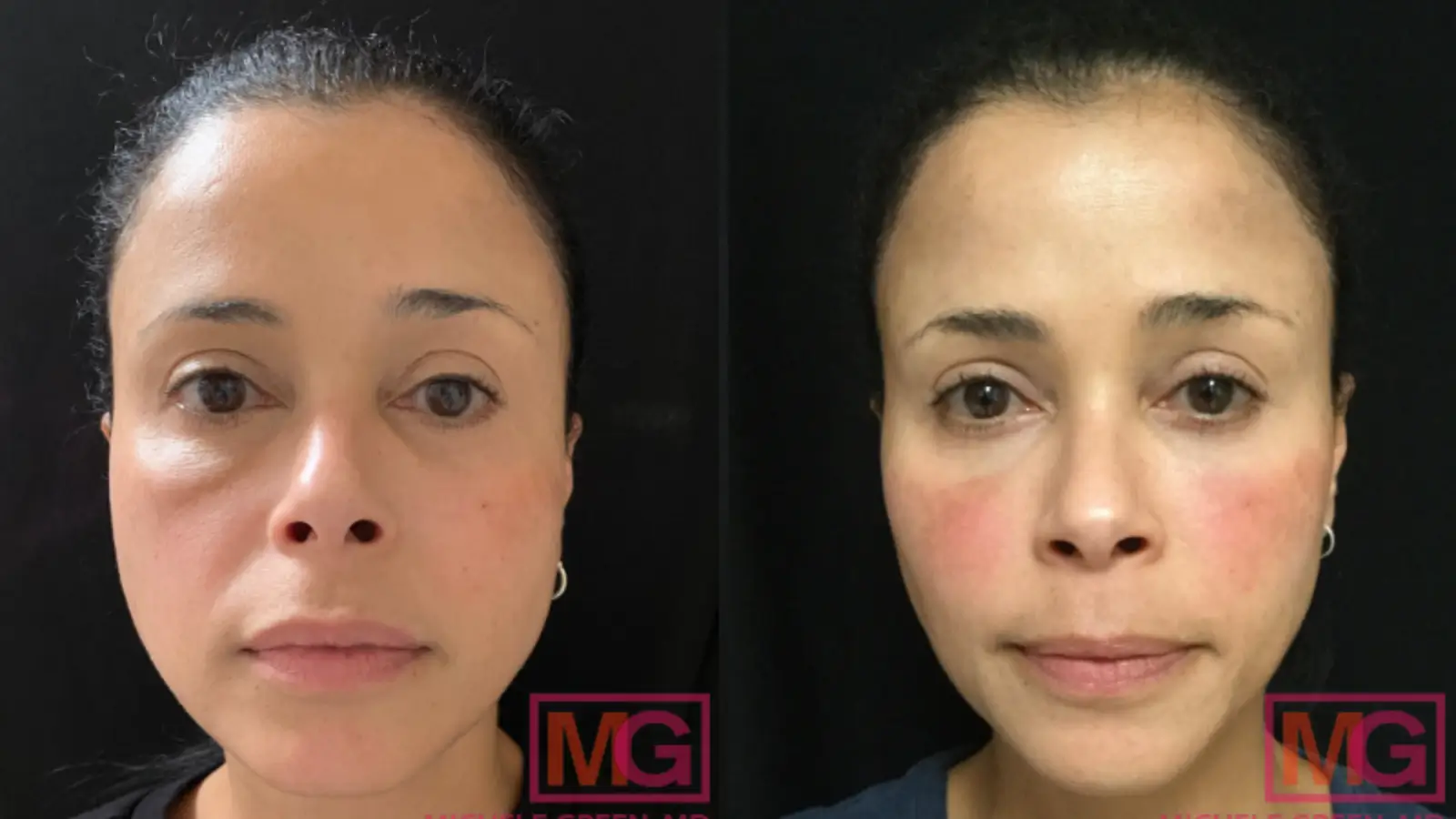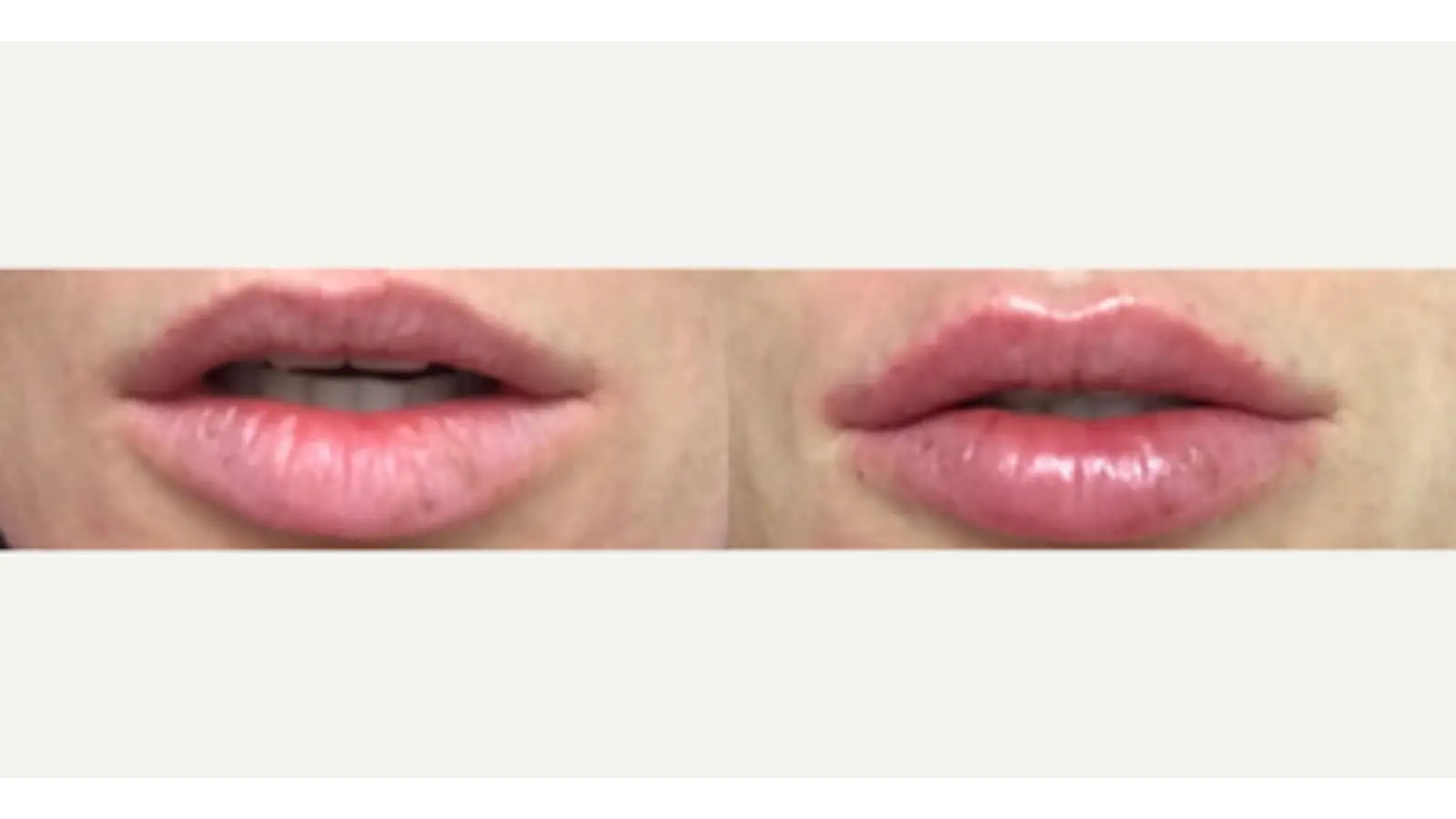
In today’s world, online reviews have become an essential tool for patients when making decisions about medical treatments. A recent study revealed that more than 70% of patients rely on online ratings and reviews to guide their choice of aesthetic treatments and providers. These reviews offer valuable insights into real-world outcomes, enabling clinicians to better understand treatment trends and patient satisfaction.
One product that often sparks conversation in the aesthetic community is Liporase, a widely used hyaluronidase enzyme known for its ability to dissolve dermal fillers and manage complications associated with them. While Liporase is praised for its effectiveness in addressing filler-related issues, the experiences of both patients and practitioners can vary significantly.
In this article, we will dive into what both real users and clinicians have to say about Liporase, offering a comprehensive look at its strengths, potential concerns, and how it fits into aesthetic practices.
Key Takeaways
- Clinicians praise Liporase for its quick and reliable ability to dissolve hyaluronic acid fillers, showing results often within 24 hours. Its smooth consistency and customizable dilution make it versatile for various treatments.
- Patients typically experience noticeable results within 24 to 48 hours, with varying reports of discomfort. Many express satisfaction with the aesthetic improvements, particularly in cases of overfilling or filler migration.
- Lipase is essential in emergencies for vascular occlusion, requiring higher localized doses. In elective corrections, lower concentrations allow for gradual adjustments.
- Although Liporase is generally regarded as safe, mild reactions such as redness and swelling may occur. Proper technique and experienced injectors are crucial to minimize the risks of adverse effects, including potential volume loss from incorrect dosing.
- Recommended practices include patient screening, allergy testing, conservative initial dosing, and scheduled follow-ups to monitor results and manage any complications.
About: Doctor Medica is your trusted supplier of top-quality dermal fillers, viscosupplements, and more for your medical practice. We offer genuine products from leading brands at the lowest prices in the market. If you’re looking to order Liporase online for your practice, contact Doctor Medica today.
Practitioner Feedback on Liporase Efficacy & Usability
Clinicians consistently praise Liporase for its rapid and dependable ability to dissolve hyaluronic acid fillers, especially in urgent situations requiring quick correction. Its fast-acting results—sometimes visible within 24 hours—make it a go-to solution for managing vascular occlusion or misplaced filler. The enzyme’s versatility also enables it to reduce edema and facilitate localized fat breakdown, further enhancing its appeal in aesthetic practice.
Practitioners appreciate its smooth consistency and customizable dilution, which enables tailored treatments depending on the injection depth and area. Liporase blends well with saline, providing a predictable texture during both preparation and administration. Many clinicians note that the ability to fine-tune dilution ratios ensures precision in targeting both superficial and deeper injections, leading to smoother outcomes and quicker patient satisfaction, whether for elective or emergency corrections.
Despite its advantages, professionals emphasize the importance of precision when administering Liporase. Potencies can vary across brands, so it’s advisable to start with conservative doses and conduct a patch test to rule out potential allergic reactions. Scheduled follow-ups (typically 48 hours post-procedure) are also recommended to assess treatment efficacy and identify any delayed responses.
Despite these precautions, Liporase continues to receive high marks for its safety, effectiveness, and ease of integration into aesthetic protocols.
Patient Experiences: Onset, Comfort & Aesthetic Results
Comfort levels during hyaluronidase treatments vary by patient. Some experience only minor pricks, while others note a brief burning or swelling sensation post-injection. Many individuals report satisfaction with the aesthetic improvements, particularly when addressing overfilling or filler migration. The ability to reset and refine facial contours contributes to increased confidence, especially in cosmetic correction cases.

Image Courtesy of Dr. Michele Green
Before: The patient presented with overfilled cheeks and jawline irregularities resulting from excessive or misplaced dermal filler. Facial contours appeared unnatural, with puffiness and poor definition.
After: Comfort levels during hyaluronidase treatments vary by patient. Some experience only minor pricks, while others note a brief burning or swelling sensation post-injection. Many individuals report satisfaction with the aesthetic improvements, particularly when addressing overfilling or filler migration. The ability to reset and refine facial contours contributes to increased confidence, especially in cosmetic correction cases.

Image Courtesy of RealSelf
Before: The patient showed signs of migration and overfilled volume in the upper lip, resulting in a “duck lip” appearance and uneven shape. Filler extended beyond the vermilion border.
After: Targeted enzyme application helped reduce the migration of filler. The lips returned to a more natural shape, with restored cupid’s bow definition and smoother proportions, creating a foundation for either re-treatment or a subtler, unenhanced aesthetic.
While these results reflect general outcomes with hyaluronidase-based treatments, including those using products like Liporase, risks remain. In rare cases, volume loss or tissue irregularities may occur due to incorrect dosing or superficial placement of the device. This highlights the need for a skilled injector and a product-specific understanding to ensure safe and effective results.
Liporase for Emergency VO vs Elective Corrections
Liporase plays a vital role in vascular occlusion (VO) emergencies, where quick filler dissolution is necessary to restore blood flow and prevent tissue damage. Its enzymatic action is swift, making it an essential tool for practitioners facing such critical situations. For cases like these, higher, localized dosing is often recommended, sometimes even intra-arterial, along with frequent follow-ups to monitor the effectiveness and response.
In contrast, during elective procedures, such as correcting overfilled lips or uneven facial fillers, practitioners tend to use lower concentrations of Liporase to ensure smoother, more controlled adjustments over time. In both settings, it’s crucial to educate patients on enzyme kinetics, volume management, and establishing realistic expectations for the results of the treatment.
Reported Adverse Events & Comparisons to Other Enzymes
While Liporase is widely used to dissolve hyaluronic acid (HA) fillers quickly and effectively, like any enzyme-based injectable, it carries certain risks. Most users tolerate Liporase well, but it’s important to recognize and monitor for potential reactions. Below is a summary of commonly reported reactions and how Liporase compares to other hyaluronidase options in clinical use:
| Aspect | Details |
| Common Reactions | Mild redness, localized swelling, and slight discomfort are expected. These typically subside within 24–48 hours post-treatment without intervention. |
| Allergic Risk | Although uncommon, hypersensitivity reactions like itching or rash can occur. Allergy testing before treatment is advisable for first-time patients. |
| Comparative Efficacy | Liporase performs on par with other hyaluronidases in dissolving HA fillers. Outcomes are largely technique-dependent and vary with filler type and depth. |
| Rare Complications | Infrequent but serious risks include unintended tissue atrophy or volume loss if overdosed. Follow-up care helps detect and manage these outcomes early. |
| Best Practices | Careful patient screening, patch testing, and transparent informed consent are strongly recommended. Monitoring post-procedure ensures safety. |
Though generally safe and effective, Liporase requires skilled handling to minimize the risk of rare but serious side effects. Clinicians emphasize patient selection, conservative dosing, and precise technique to mitigate potential risks.
As with any injectable, regulatory status is a key consideration—those asking “is Liporase FDA approved?” should be aware that the product is not FDA approved, which can have legal and regulatory implications, particularly for U.S.-based providers.
Conclusion
Liporase reviews consistently highlight its effectiveness in reversing hyaluronic acid filler treatments and facilitating aesthetic corrections. Patients typically report rapid results, often within hours, especially when dealing with overfilling or unwanted volume. Clinicians value its reliability, noting that Liporase offers a dependable solution for managing complications like vascular occlusion, edema, or asymmetry caused by dermal fillers.
However, its use demands skill and caution. Safe administration requires accurate dilution, technique-specific procedures, and explicit patient consent. By following evidence-based protocols and staying updated on international standards, clinicians can utilize Liporase effectively while minimizing risks and ensuring ethical, compliant care.
FAQs
1. Is Liporase FDA approved?
Liporase is not FDA-approved in the U.S. It remains widely used in other countries while awaiting a formal U.S. regulatory submission.
2. How fast does Liporase work?
Most patients see visible filler reduction within 24–48 hours. Emergency cases, such as VO, may require repeat dosing over several days.
3. How painful is the treatment?
Pain levels vary. Many describe mild burning or tenderness immediately after the injection, which subsides quickly without lasting discomfort.
4. Can Liporase remove all fillers?
Only hyaluronic acid-based fillers can be dissolved with Lipase. Other types (e.g., calcium hydroxyapatite) require different corrective measures.
References
RealSelf unveils Most-Loved aesthetic procedures, according to RealSelf Consumer Worth it ratings. Business Insider. https://markets.businessinsider.com/news/stocks/realself-unveils-most-loved-aesthetic-procedures-according-to-realself-consumer-worth-it-ratings-1031136542. Published January 27, 2022.
Yoon S, Kim YA. Cosmetic surgery and self-esteem in South Korea: A systematic review and meta-analysis. Aesthetic Plastic Surgery. 2019;44(1):229-238. doi:10.1007/s00266-019-01515-1
Related Articles
Joanna Carr
From Lines to Smooth: Witnessing the Transformation with Botox’s Immediate Effects
Experience the immediate transformation with Botox. Discover its instant effects and smoother lines, learn more from Doctor Medica.
Joanna Carr
Sunekos Body – All About the Product
Sunekos Body combines hyaluronic acid and amino acids to promote skin regeneration, enhancing hydration and stimulating collagen and elastin productio...
Joanna Carr
Orencia and Pregnancy – Considerations for Pregnant Patients
Explore considerations for pregnant patients using Orencia. Learn about potential risks, benefits, and guidelines for managing autoimmune conditions d...


